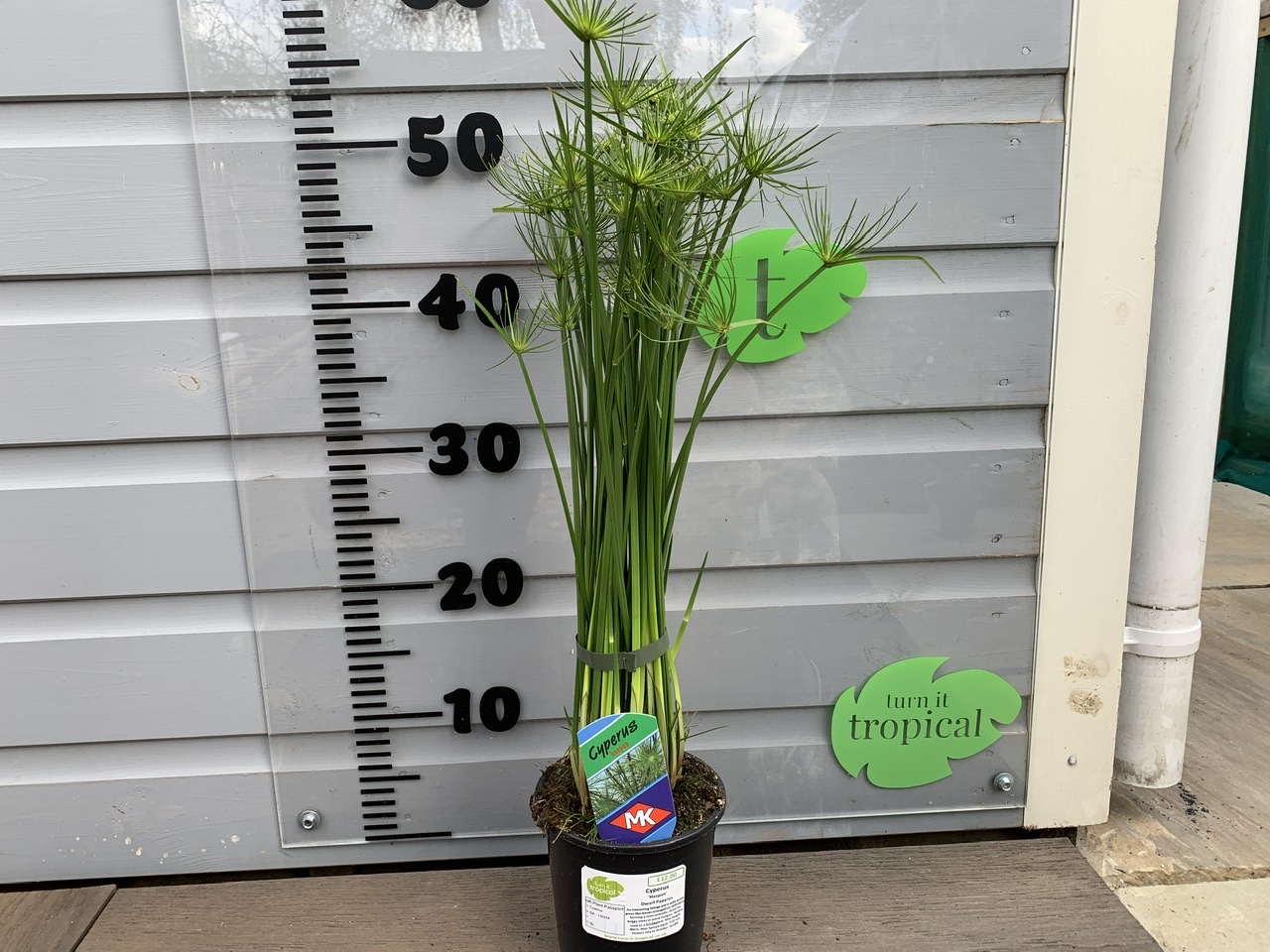Could anyone suggest a marginal plant which would grow in a small tank? I’m planning a small shrimp tank (30cm cube) and considering using a marginal plant for structure, rather than hardscape. I’ll likely plant it in the back corner.
I suspect many of the native plants growing in my pond will fill the tank too quickly. The reeds would look great but I think will get rapidly out of control. The roots on my irises are larger than the tank 😄. I guess what I’m after is a tall, slim plant that grows as a marginal in about 20cm of water and doesn’t grow exceptionally fast.
I’ll be using dirt in the base and allowing the tank to become mulmy. Submerged plants will be mosses and rotala most likely.
I suspect many of the native plants growing in my pond will fill the tank too quickly. The reeds would look great but I think will get rapidly out of control. The roots on my irises are larger than the tank 😄. I guess what I’m after is a tall, slim plant that grows as a marginal in about 20cm of water and doesn’t grow exceptionally fast.
I’ll be using dirt in the base and allowing the tank to become mulmy. Submerged plants will be mosses and rotala most likely.




